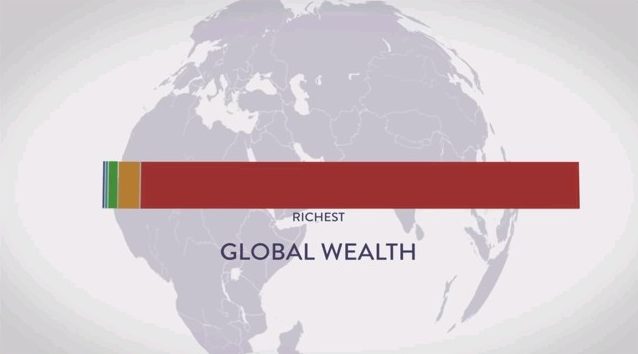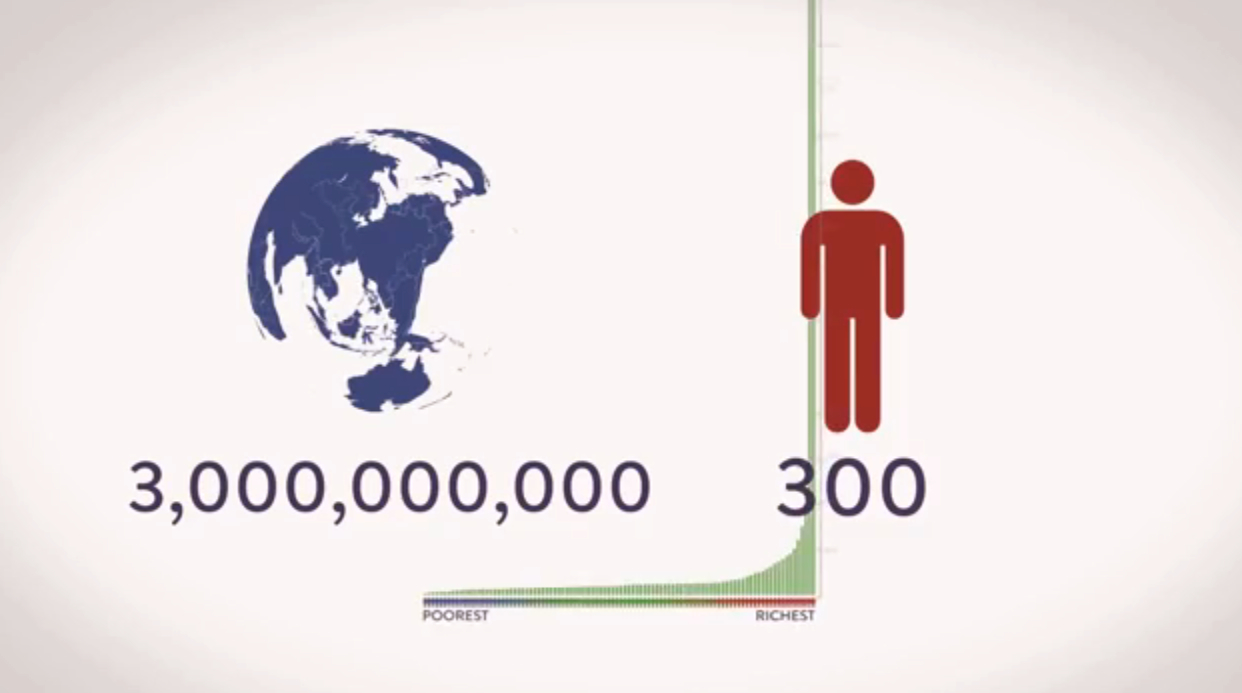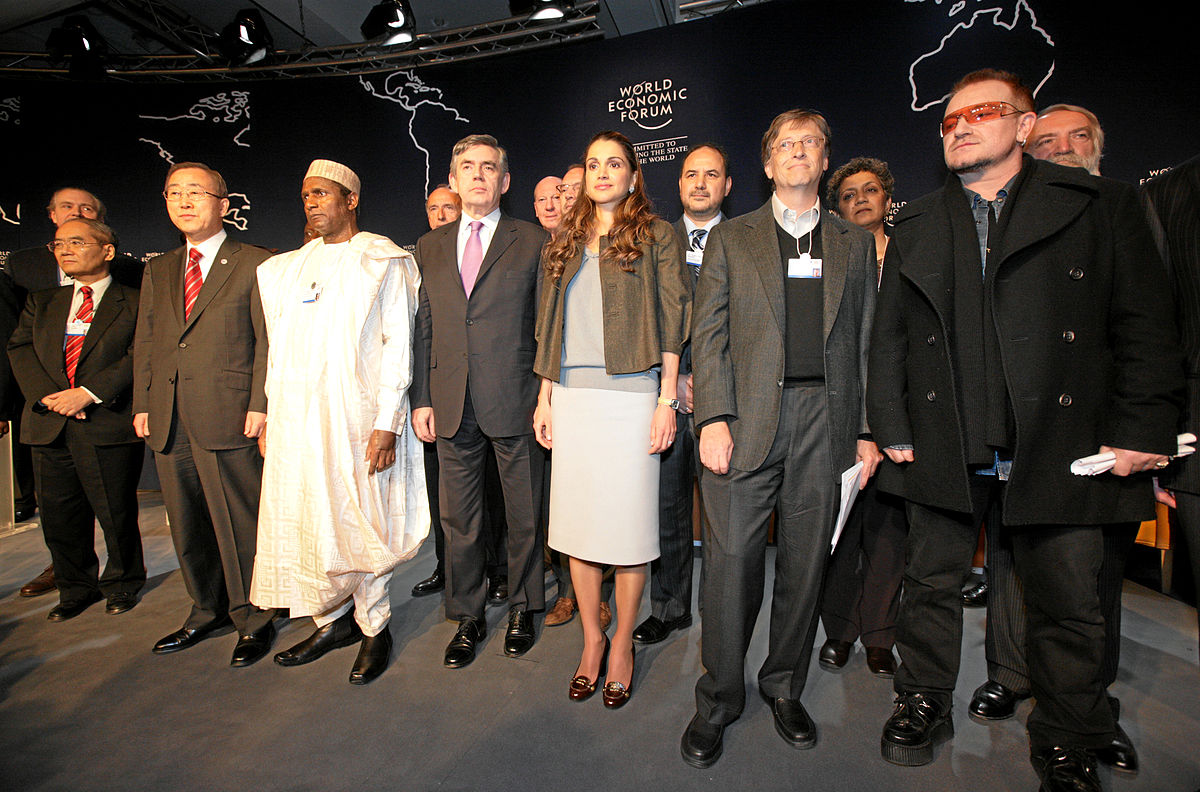
This week, heads of state are gathering in New York to sign the UN’s new sustainable development goals (SDGs). The main objective is to eradicate poverty by 2030. Beyoncé, One Direction and Malala are on board. It’s set to be a monumental international celebration.
Given all the fanfare, one might think the SDGs are about to offer a fresh plan for how to save the world, but beneath all the hype, it’s business as usual. The main strategy for eradicating poverty is the same: growth.
Orthodox economists insist that all we need is yet more growth. More progressive types tell us that we need to shift some of the yields of growth from the richer segments of the population to the poorer ones, evening things out a bit. Neither approach is adequate. Why? Because even at current levels of average global consumption, we’re overshooting our planet’s bio-capacity by more than 50% each year.
In other words, growth isn’t an option any more – we’ve already grown too much. Scientists are now telling us that we’re blowing past planetary boundaries at breakneck speed. And the hard truth is that this global crisis is due almost entirely to overconsumption in rich countries.
Right now, our planet only has enough resources for each of us to consume 1.8 “global hectares” annually – a standardised unit that measures resource use and waste. This figure is roughly what the average person in Ghana or Guatemala consumes. By contrast, people in the US and Canada consume about 8 hectares per person, while Europeans consume 4.7 hectares – many times their fair share.
What does this mean for our theory of development? Economist Peter Edward argues that instead of pushing poorer countries to “catch up” with rich ones, we should be thinking of ways to get rich countries to “catch down” to more appropriate levels of development. We should look at societies where people live long and happy lives at relatively low levels of income and consumption not as basket cases that need to be developed towards western models, but as exemplars of efficient living.
How much do we really need to live long and happy lives? In the US, life expectancy is 79 years and GDP per capita is $53,000. But many countries have achieved similar life expectancy with a mere fraction of this income. Cuba has a comparable life expectancy to the US and one of the highest literacy rates in the world with GDP per capita of only $6,000 and consumption of only 1.9 hectares – right at the threshold of ecological sustainability. Similar claims can be made of Peru, Ecuador, Honduras, Nicaragua and Tunisia.
Yes, some of the excess income and consumption we see in the rich world yields improvements in quality of life that are not captured by life expectancy, or even literacy rates. But even if we look at measures of overall happiness and wellbeing in addition to life expectancy, a number of low- and middle-income countries rank highly. Costa Rica manages to sustain one of the highest happiness indicators and life expectancies in the world with a per capita income one-fourth that of the US.
In light of this, perhaps we should regard such countries not as underdeveloped, but rather as appropriately developed. And maybe we need to start calling on rich countries to justify their excesses.
The idea of “de-developing” rich countries might prove to be a strong rallying cry in the global south, but it will be tricky to sell to westerners. Tricky, but not impossible. According to recent consumer research, 70% of people in middle- and high-income countries believe overconsumption is putting our planet and society at risk. A similar majority also believe we should strive to buy and own less, and that doing so would not compromise our happiness. People sense there is something wrong with the dominant model of economic progress and they are hungry for an alternative narrative.
The problem is that the pundits promoting this kind of transition are using the wrong language. They use terms such as de-growth, zero growth or – worst of all – de-development, which are technically accurate but off-putting for anyone who’s not already on board. Such terms are repulsive because they run against the deepest frames we use to think about human progress, and, indeed, the purpose of life itself. It’s like asking people to stop moving positively thorough life, to stop learning, improving, growing.
Negative formulations won’t get us anywhere. The idea of “steady-state” economics is a step in the right direction and is growing in popularity, but it still doesn’t get the framing right. We need to reorient ourselves toward a positive future, a truer form of progress. One that is geared toward quality instead of quantity. One that is more sophisticated than just accumulating ever increasing amounts of stuff, which doesn’t make anyone happier anyway. What is certain is that GDP as a measure is not going to get us there and we need to get rid of it.
Perhaps we might take a cue from Latin Americans, who are organising alternative visions around the indigenous concept of buen vivir, or good living. The west has its own tradition of reflection on the good life and it’s time we revive it. Robert and Edward Skidelsky take us down this road in his book How Much is Enough? where they lay out the possibility of interventions such as banning advertising, a shorter working week and a basic income, all of which would improve our lives while reducing consumption.
Either we slow down voluntarily or climate change will do it for us. We can’t go on ignoring the laws of nature. But rethinking our theory of progress is not only an ecological imperative, it is also a development one. If we do not act soon, all our hard-won gains against poverty will evaporate, as food systems collapse and mass famine re-emerges to an extent not seen since the 19th century.
This is not about giving anything up. And it’s certainly not about living a life of voluntary misery or imposing harsh limits on human potential. On the contrary, it’s about reaching a higher level of understanding and consciousness about what we’re doing here and why.
This article was originally posted on The Guardian on 23rd September 2015.









Leave a Comment